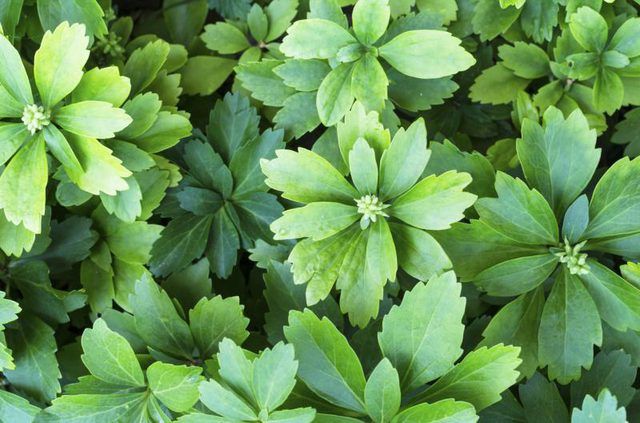Bulbs
Flower Basics
Flower Beds & Specialty Gardens
Flower Garden
Garden Furniture
Garden Gnomes
Garden Seeds
Garden Sheds
Garden Statues
Garden Tools & Supplies
Gardening Basics
Green & Organic
Groundcovers & Vines
Growing Annuals
Growing Basil
Growing Beans
Growing Berries
Growing Blueberries
Growing Cactus
Growing Corn
Growing Cotton
Growing Edibles
Growing Flowers
Growing Garlic
Growing Grapes
Growing Grass
Growing Herbs
Growing Jasmine
Growing Mint
Growing Mushrooms
Orchids
Growing Peanuts
Growing Perennials
Growing Plants
Growing Rosemary
Growing Roses
Growing Strawberries
Growing Sunflowers
Growing Thyme
Growing Tomatoes
Growing Tulips
Growing Vegetables
Herb Basics
Herb Garden
Indoor Growing
Landscaping Basics
Landscaping Patios
Landscaping Plants
Landscaping Shrubs
Landscaping Trees
Landscaping Walks & Pathways
Lawn Basics
Lawn Maintenance
Lawn Mowers
Lawn Ornaments
Lawn Planting
Lawn Tools
Outdoor Growing
Overall Landscape Planning
Pests, Weeds & Problems
Plant Basics
Rock Garden
Rose Garden
Shrubs
Soil
Specialty Gardens
Trees
Vegetable Garden
Yard Maintenance
Growing Pachysandra Ground Cover
Growing Pachysandra Ground Cover. Dense shade provides one of gardening's most difficult settings, with few plants suited to the lack of sun. Japanese pachysandra (Pachysandra terminalis) normally flourishes in these conditions, making it and its cultivars sought-after ground covers. Though the Asian native thrives in shade, Japanese pachysandra...

Dense shade provides one of gardening's most difficult settings, with few plants suited to the lack of sun. Japanese pachysandra (Pachysandra terminalis) normally flourishes in these conditions, making it and its cultivars sought-after ground covers. Though the Asian native thrives in shade, Japanese pachysandra may present additional challenges. In some cases, its lesser-known American cousin stands ready to take its shady place.
Getting the Site Right
To keep its glossy, leathery foliage looking its best, Japanese pachysandra requires full to partial shade and rich, moist, slightly acidic soil. The evergreen leaves bleach in too much sun. Reliably hardy in U.S. Department of Agriculture plant hardiness 5 through 9, the plant's roots withstands winters in USDA zone 4 when given extra mulch protection. Japanese pachysandra's semi-woody stems grow 8 to 10 inches tall with spiraling, rosette-forming leaves and a terminal flower at their center. Two-inch, bottle-brush blooms form mid-spring. The non-climbing, long-lived plant tolerates drier soil and light shade in northerly climates, but needs heavy shade and consistent moisture in the south.
Spacing and Maintaining
In the Midwest and Northeast, Japanese pachysandra spreads rapidly through vigorous underground rhizomes. Its aggressive nature can progress to invasiveness, escaping from gardens and choking out native plants. Hand-pull wandering rhizomes to keep the plant in your yard. In the south, Japanese pachysandra establishes and spreads slowly. For large plantings, shop for ground cover or "plug" trays. If you wish, cover the planting area with 2 to 3 inches of organic compost and incorporate it into the soil. Then plant the small plugs at 6- to 12-inch intervals -- closer in the south, farther apart in the north. No fertilizer is needed. Supplement rainfall to provide 2 inches of water per week until new roots form. Give established plantings 1 inch per week from spring until the ground freezes.
Healthy Habits
In moist northern climates, a lethal fungal disease known as Volutella leaf blight plagues Japanese pachysandra. It reveals itself through water-soaked lesions on leaves and stems. The brown lesions merge, leaves and stems collapse, and large pachysandra patches die. Too much sun, drought and prolonged wet foliage all promote this disease. Water early in the day, keep soil moist and thin dense plants for better circulation. Remove diseased leaves, plants and debris where the fungus may hide. In severe cases, spray a ready-to-use, chlorothalonil-based fungicide on all plant surfaces to the point of runoff. Repeat at seven- to 14-day intervals from spring until temperatures reach 90 degrees Fahrenheit. Spray in calm weather, and avoid all contact with exposed skin. Wear gloves and safety goggles, and keep the area clear until the product dries.
Exploring an Alternative
The native North American pachysandra (Pachysandra procumbens), also known as Allegheny spurge, provides a suitable alternative for shady gardens. The clump-forming plant spreads slowly, without invasive tendencies. It also resists leaf blight. Allegheny spurge grows up to 12 inches tall with gray-green to blue-green leaves, mottled with purple-brown. Its small flowers form on the stems rather than the tips. Give it the same growing conditions, spacing and care as Japanese pachysandra. Hardy in USDA zones 5 through 9, Allegheny spurge drops its winter foliage in USDA zone 5 and 6. In USDA zones 7 through 9, an early spring mowing with your lawn mower at its highest setting helps keep large areas of ground cover looking their best.